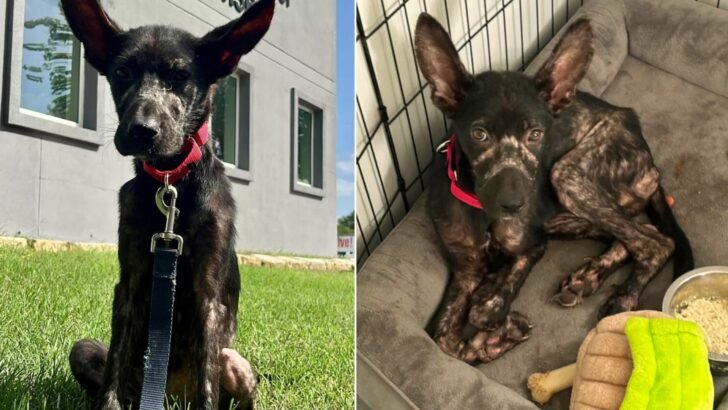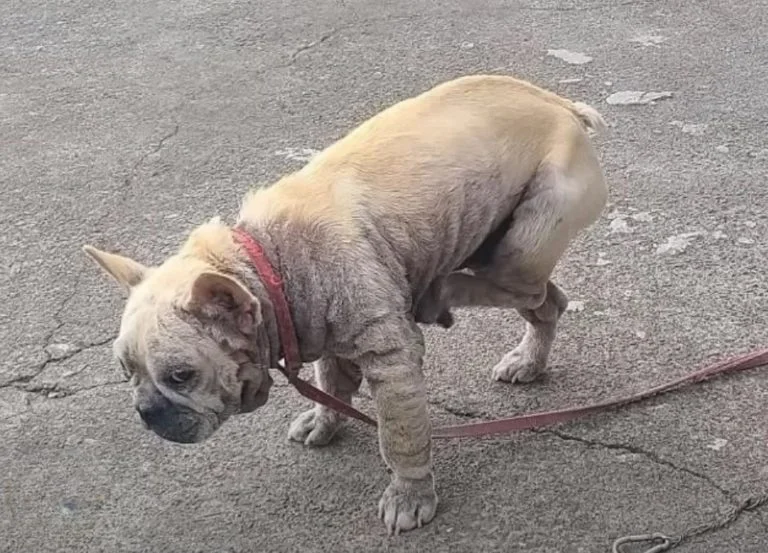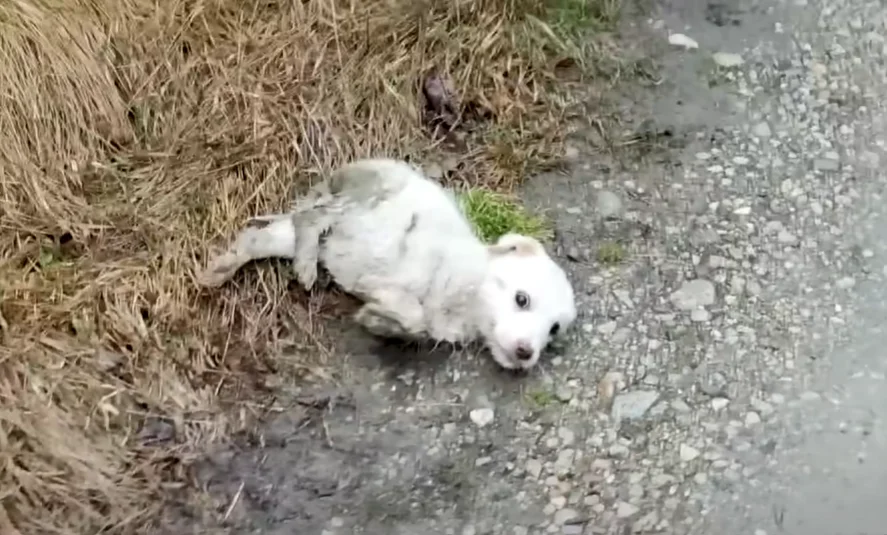Understanding Common Canine Behaviors
Every dog has its own unique personality, but many exhibit similar behaviors that can sometimes seem puzzling. If you’ve ever wondered why your dog acts a certain way, you’re not alone. Here’s a look at some common canine behaviors and what they might mean.
1. Tilting Their Heads

Head tilting is a common behavior where dogs turn their heads to the side, often in response to a new sound or visual stimulus. This may help them better hear or see something, as their ears and muzzles can obstruct their senses. Puppies are particularly prone to head tilting. In some cases, this behavior indicates concentration or curiosity. However, if a dog’s head tilt is persistent and uncontrollable, it could be a sign of a medical issue, such as an ear infection or neurological problem. A vet visit is recommended if the head tilt seems abnormal.
2. Eating Poop
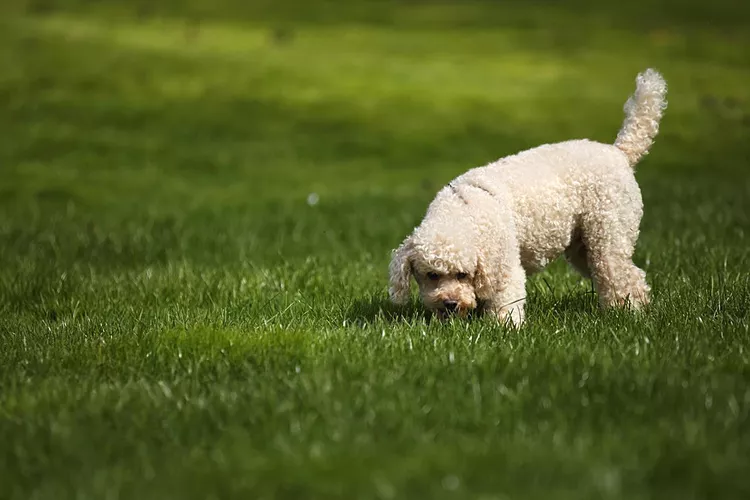
Known as coprophagia, the habit of eating feces is relatively common in dogs. While the exact reasons are not fully understood, possible explanations include instinct, nutritional deficiencies, anxiety, or a compulsive behavior known as pica. Although not usually harmful, coprophagia can lead to health issues and is worth discussing with your vet to rule out medical concerns. If no health problems are identified, specific training techniques may help address this behavior.
3. Chasing Their Tails
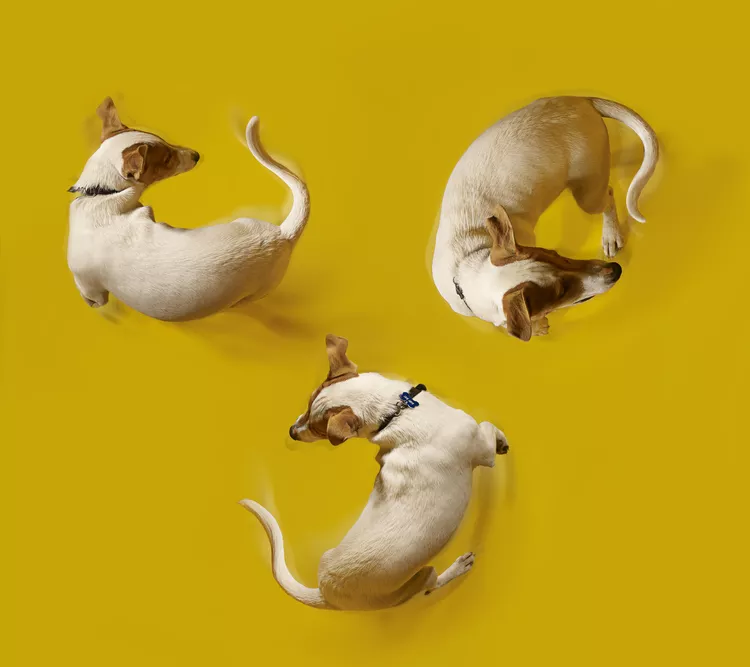
Tail-chasing is a behavior where dogs spin around trying to catch their own tails. This can be playful and normal, especially in young dogs. However, excessive tail-chasing might indicate underlying health issues like skin problems or anal gland issues. In some cases, it could be a sign of obsessive-compulsive disorder. If the behavior seems excessive or harmful, consult your vet.
4. Barking, Howling, or Baying

Dogs use vocalizations such as barking, howling, and baying to communicate with both humans and other dogs. While these behaviors are normal, excessive vocalization can signal distress or boredom. Different breeds have different tendencies: some bark more, while others howl or bay. If your dog’s vocalizations are excessive, it might be helpful to seek advice from a trainer to address the behavior without reinforcing it.
5. Scooting Their Butts
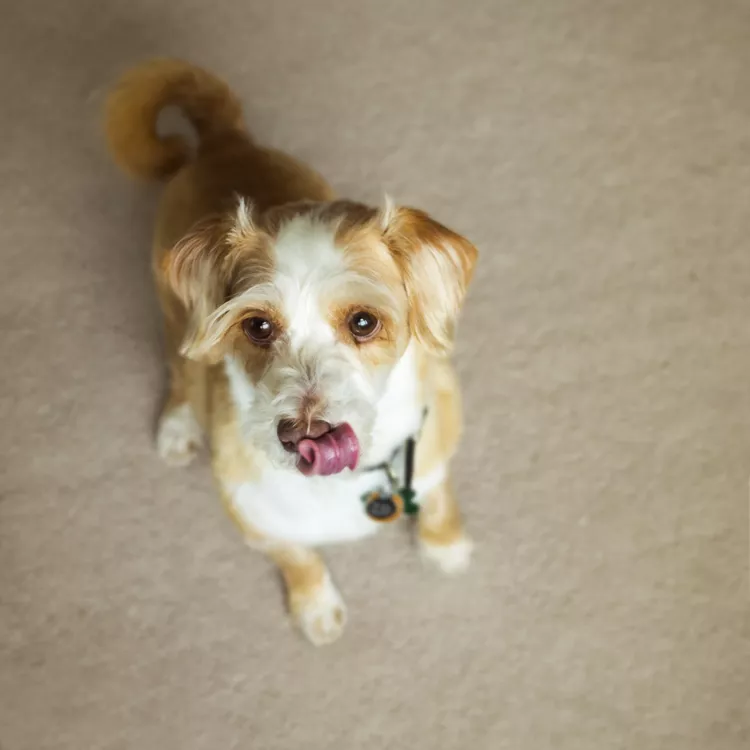
Scooting is when a dog drags its bottom across the ground. This is usually due to discomfort caused by issues with the anal glands, which may need to be expressed. Scooting can also be a sign of skin problems, anal masses, or something stuck in the fur. If your dog frequently scoots, a visit to the vet is necessary to determine the cause.
6. Licking People
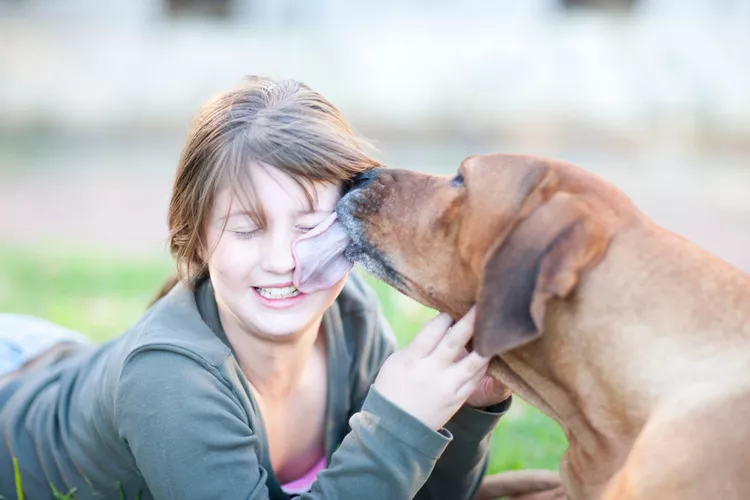
Dogs often lick people as a sign of affection, to seek attention, or simply because they like the taste of human skin. While generally harmless, excessive licking can be managed with training. Ignoring the behavior and rewarding your dog when it stops licking can help reduce it. Although dogs’ mouths are not cleaner than humans’ (contrary to popular belief), the bacteria are typically not harmful unless there’s an open wound.
7. Humping
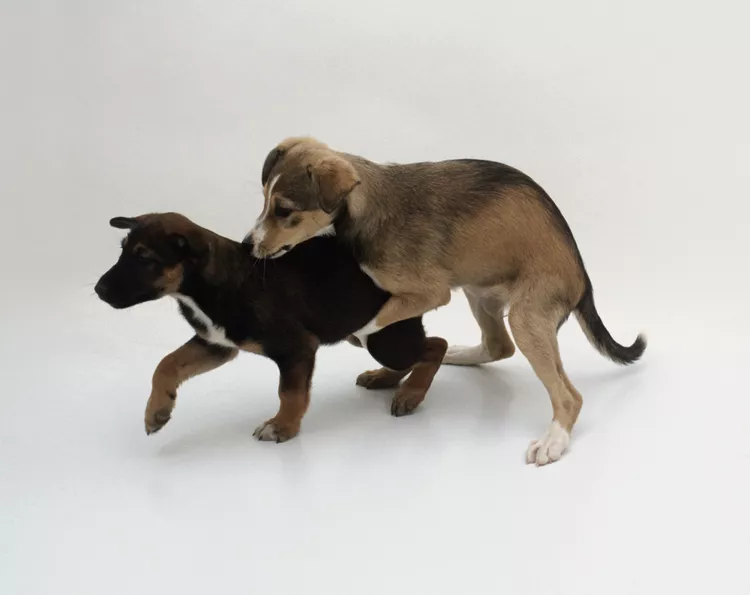
Humping can occur between dogs, on objects, or even on people. It is not always a sexual behavior; it can also be a way to express excitement, seek attention, or play. Humping between neutered or spayed dogs is usually not problematic unless it bothers the other dog or is excessive. If the behavior involves people or objects, it can be managed by redirecting the dog’s attention or by removing it from situations where it humps excessively.
8. Sniffing Other Dogs’ Butts
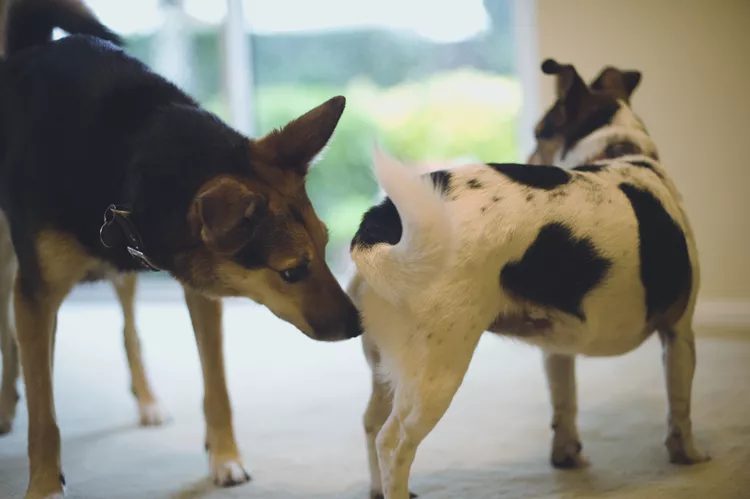
When dogs meet, they often sniff each other’s rear ends. This behavior is normal and helps them gather information about each other, such as gender, reproductive status, and overall health. If your dog’s sniffing behavior with people becomes intrusive, redirect it to other activities or rewards.
9. Digging
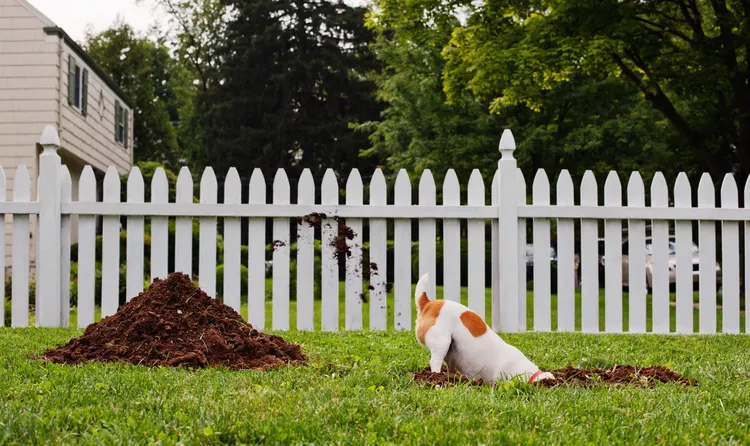
Dogs dig for various reasons, including boredom, anxiety, or to find a cooler spot to lie down. Prevent excessive digging by providing adequate exercise and mental stimulation. Avoid leaving your dog outside alone for long periods, and consider engaging them with interactive play.
10. Leaning on People
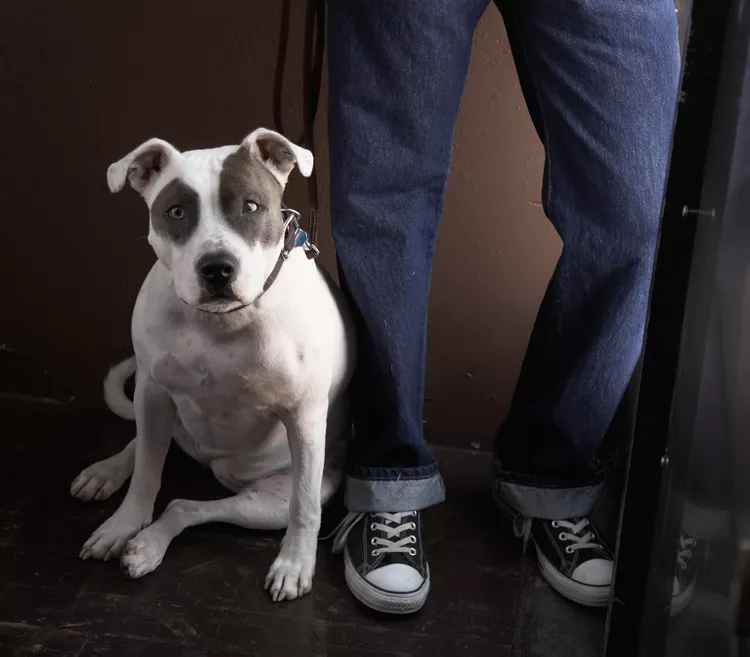
Many dogs lean against their owners for closeness and affection. This behavior is generally a sign of affection, not dominance. In some cases, leaning may indicate insecurity or separation anxiety. If your dog’s leaning behavior seems related to anxiety, other signs of distress may be present.
11. Panting
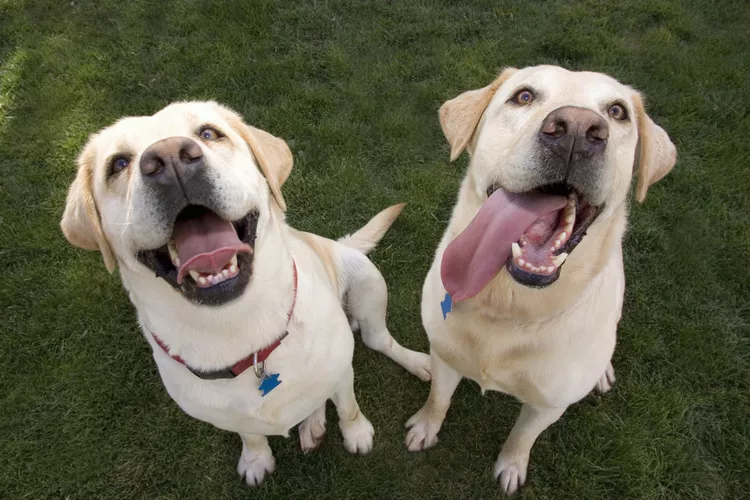
Panting is a normal way for dogs to cool down since they don’t sweat like humans. However, excessive panting can indicate anxiety, stress, or health issues. Ensure your dog is kept cool and comfortable, and consult your vet if panting seems abnormal or is accompanied by other symptoms.
Understanding these behaviors can help you provide better care for your dog and address any issues that arise. If you have concerns about your dog’s behavior, consulting with a veterinarian or a professional trainer can offer additional guidance.



